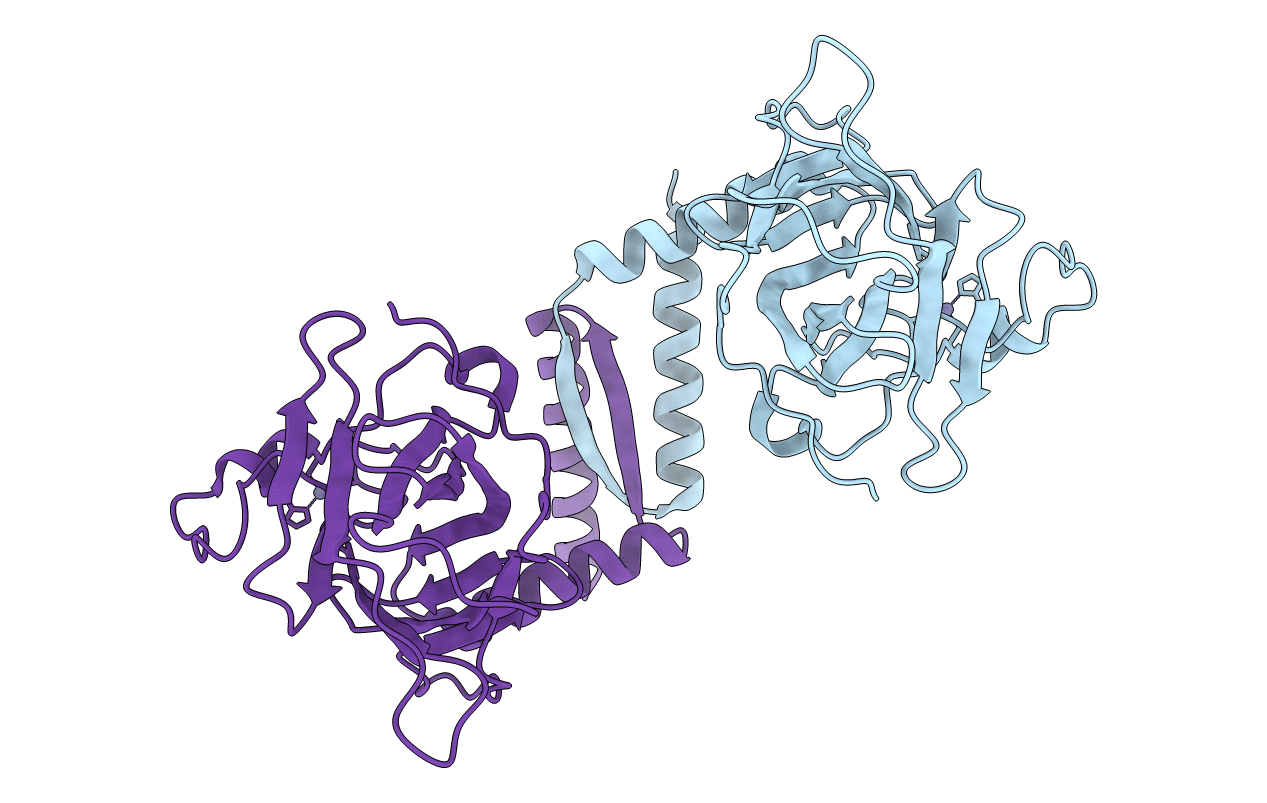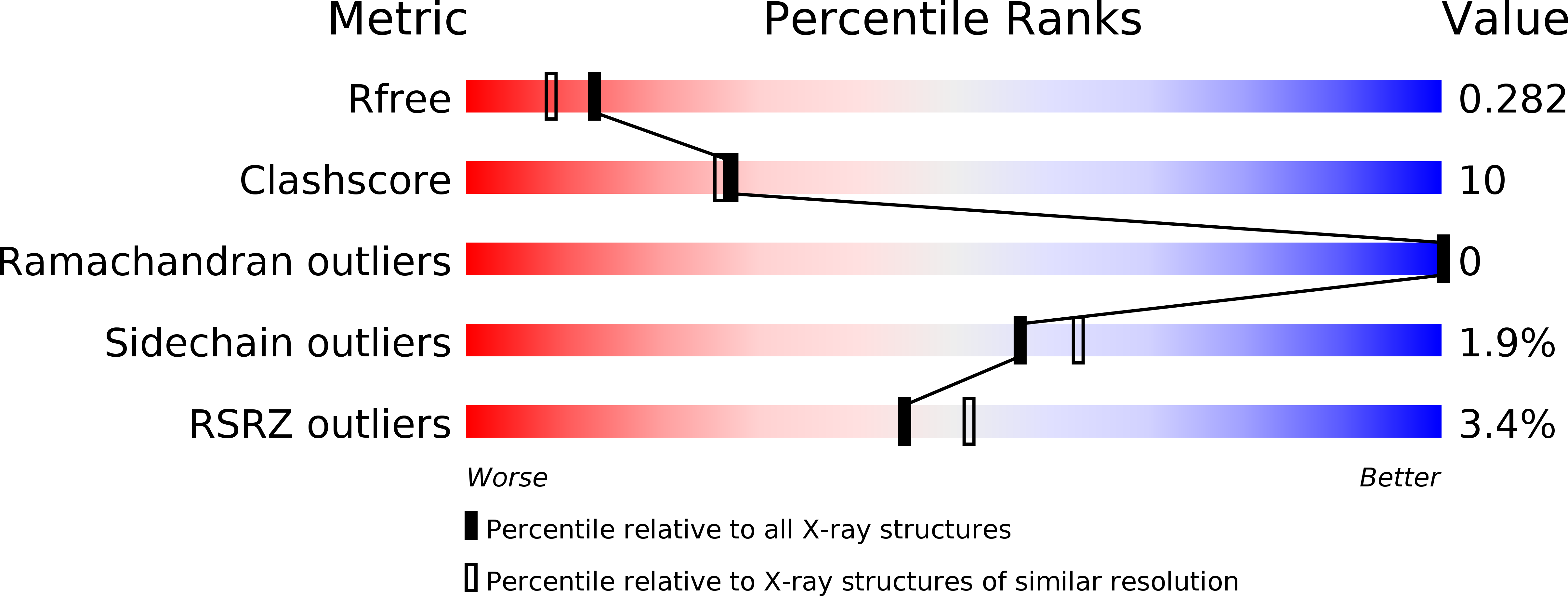
Deposition Date
2010-12-15
Release Date
2011-05-11
Last Version Date
2023-09-13
Entry Detail
PDB ID:
3Q01
Keywords:
Title:
An induced fit mechanism regulates p53 DNA binding kinetics to confer sequence specificity
Biological Source:
Source Organism:
Homo sapiens (Taxon ID: 9606)
Host Organism:
Method Details:
Experimental Method:
Resolution:
2.10 Å
R-Value Free:
0.28
R-Value Work:
0.25
R-Value Observed:
0.25
Space Group:
P 21 21 21


